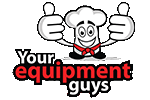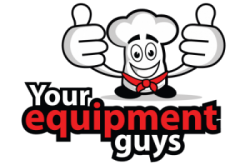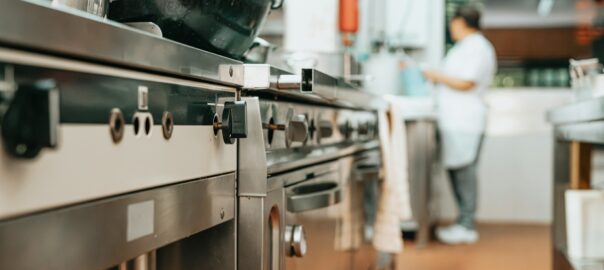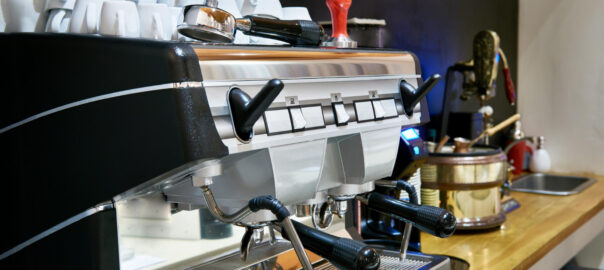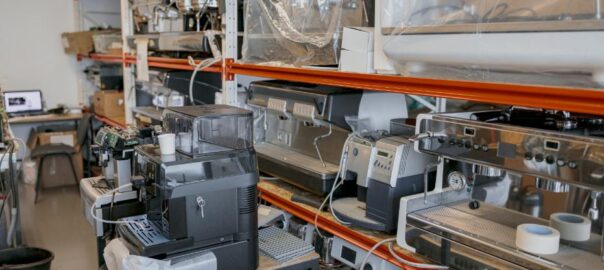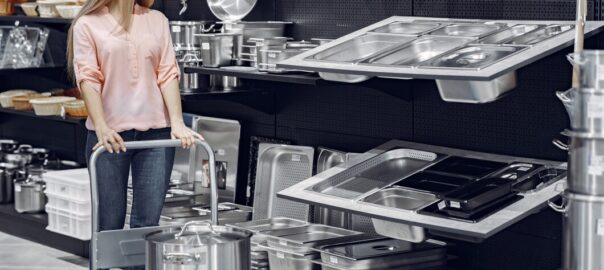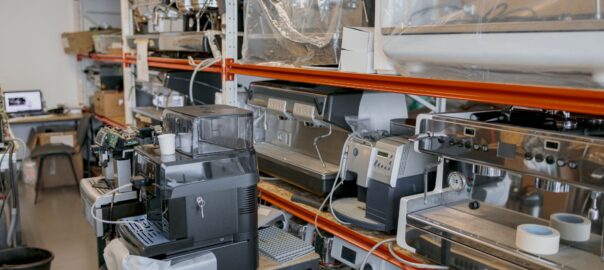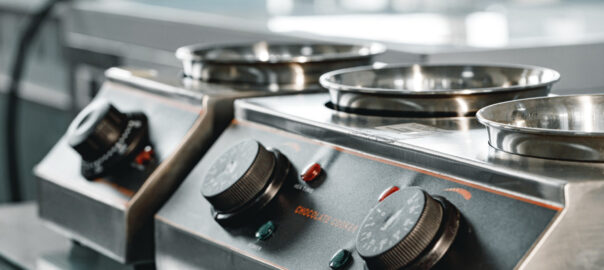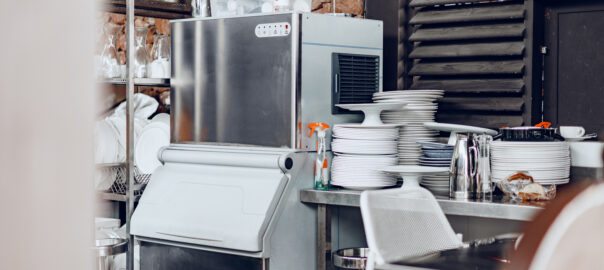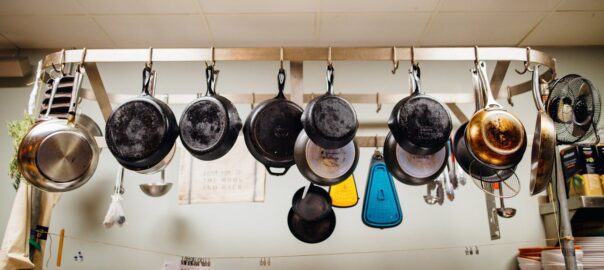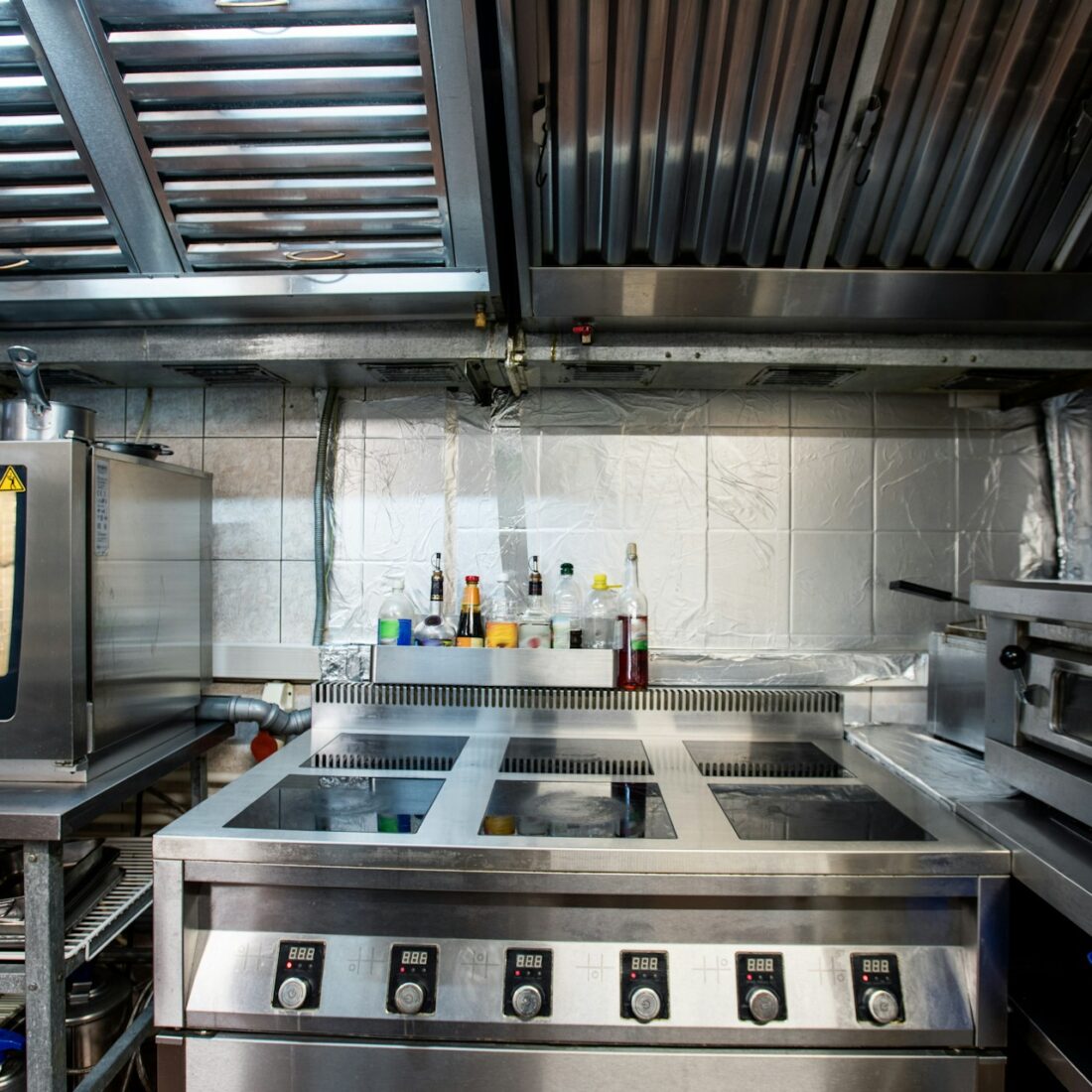
Outdated restaurant equipment can pose a dilemma for many restaurant owners. Whether the equipment is no longer functioning efficiently, has been replaced with newer technology, or simply doesn’t fit with your restaurant’s evolving needs, deciding what to do with it can be challenging. Knowing your options is crucial to making the best decision.
Selling outdated equipment may provide a quick cash influx that can be used for immediate needs while trading in the equipment could offer you credit toward new purchases. Both options have their own sets of benefits and challenges, so it’s important to weigh them carefully. This article aims to provide a clear comparison to help you determine the best approach for handling your outdated restaurant equipment.
Evaluating Outdated Restaurant Equipment
Before deciding to sell or trade your outdated restaurant equipment, it’s important to evaluate its condition and usability. This evaluation helps determine the best course of action.
1. Assess Functionality: Check whether the equipment is still functioning properly. If it has frequent breakdowns or needs costly repairs, it may be better to replace it. Make a list of all issues to weigh against the benefits of keeping the item.
2. Determine Age and Depreciation: Older equipment often has less remaining lifespan and can be less efficient. Calculate how much value the equipment has lost over time. This helps set a realistic price if you decide to sell or understand what kind of trade-in value you might get.
3. Check Market Demand: Some types of equipment have higher demand in the resale market. For example, commercial ovens and refrigerators are often sought after by other restaurateurs. Researching market trends will help you gauge how easily you can sell or trade the equipment.
4. Evaluate Aesthetic and Fit: Consider whether the outdated equipment still matches the rest of your restaurant’s ambiance and operational needs. Sometimes updated equipment does more than function better—it can also improve the overall look and feel of your space.
By evaluating these aspects, you can make an informed decision about whether selling or trading is the better option for your outdated equipment.
Pros and Cons of Selling Outdated Equipment
Selling outdated restaurant equipment has its own set of advantages and disadvantages. Understanding these can help you decide if selling is the right path for you.
Pros of Selling Outdated Equipment:
1. Immediate Cash: Selling provides a quick influx of cash that can be used to invest in new equipment, pay off debts, or address other immediate financial needs.
2. Declutter Your Space: Getting rid of old equipment frees up space in your kitchen or storage areas, making your operations more efficient.
3. Flexible Selling Options: You can choose to sell through various channels, such as online marketplaces, auctions, or directly to other businesses.
Cons of Selling Outdated Equipment:
1. Time-Consuming: Selling can take time, especially if you are looking for the best price. You might spend weeks or even months finding a buyer.
2. Lower Resale Value: Outdated equipment typically sells for less than newer models, and you may not recoup a significant portion of its original cost.
3. Effort and Costs: Preparing and listing the equipment for sale, negotiating with buyers, and handling shipping or transportation can be labor-intensive and may incur additional costs.
Weighing these pros and cons carefully will help you decide if selling your outdated restaurant equipment aligns with your business goals and current needs.
Pros and Cons of Trading Outdated Equipment
Trading outdated restaurant equipment can be an attractive option for many business owners. However, like selling, it has its advantages and disadvantages. Understanding these can help you make the right choice for your needs.
Pros of Trading Outdated Equipment:
1. Immediate Upgrades: Trading allows you to replace outdated equipment with newer models promptly. This can keep your operations running smoothly without interruption.
2. Potential Cost Savings: Trading in your old equipment can reduce the overall cost of purchasing new items. It provides an opportunity to offset some expenses.
3. Simplified Process: Trading is often less time-consuming than selling. Many equipment suppliers have straightforward trade-in programs that make the process easier for you.
Cons of Trading Outdated Equipment:
1. Limited Flexibility: Trade-in programs might have restrictions on the type of equipment they accept. This may limit your options and affect the overall value you receive.
2. Lower Trade-In Value: The trade-in value often depends on the condition and demand for the equipment. You may receive less value compared to selling it outright.
3. Dependent on Suppliers: Trading often requires dealing with specific suppliers or dealers, which can limit your choices and bargaining power.
Weighing these pros and cons carefully will help you determine if trading your outdated equipment aligns with your business needs and goals.
Making the Best Decision for Your Business
Deciding between selling and trading outdated restaurant equipment depends on several factors. It’s essential to consider what will benefit your business the most.
1. Evaluate Financial Needs: If your business needs immediate cash, selling might be the better option. It provides quick funds that can be used for various expenses. Alternatively, if you’re looking to upgrade equipment without spending a lot upfront, trading can be more beneficial.
2. Time Considerations: Consider how much time you can invest in the process. Selling equipment requires time to find buyers, negotiate prices, and handle logistics. Trading is often quicker but may offer lower value.
3. Research Market Trends: Study market demands and trends. Some equipment might fetch a better price on the resale market, while others might be easier to trade in for valuable upgrades.
4. Long-Term Benefits: Think about the long-term impact on your business. Trading might result in less immediate financial gain but provide you with better and more efficient equipment. Over time, this can lead to cost savings and increased productivity.
5. Consult Experts: Getting advice from industry experts can provide valuable insights. They can help you understand the current market and guide you on the best option based on your specific needs.
By considering these factors, you can make a well-informed decision that aligns with your business goals and ensures you make the most out of your outdated equipment.
Conclusion
Outdated restaurant equipment presents a unique challenge, but it also offers an opportunity to improve your business. Understanding whether to sell or trade this equipment involves evaluating its condition, market value, and how each option aligns with your business needs.
Ready to make the best decision for your outdated and used kitchen equipment? Contact us at Your Equipment Guys today to explore options for selling, trading, and more. Let us assist you in finding the best solutions for your business needs.
